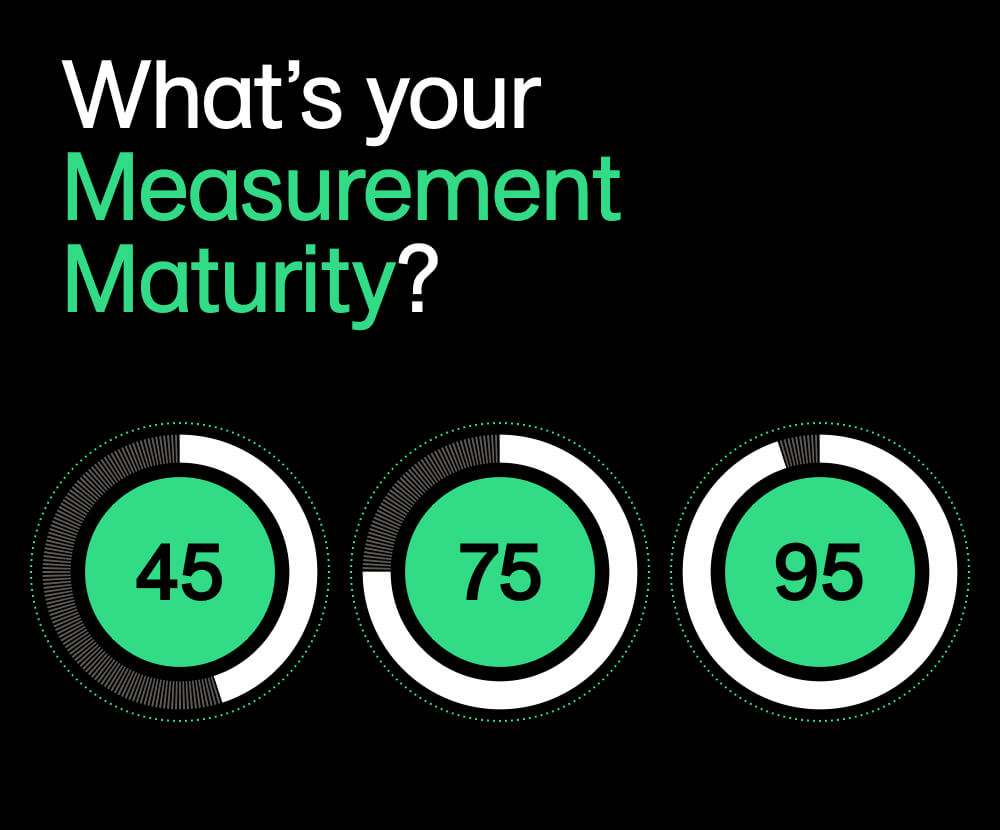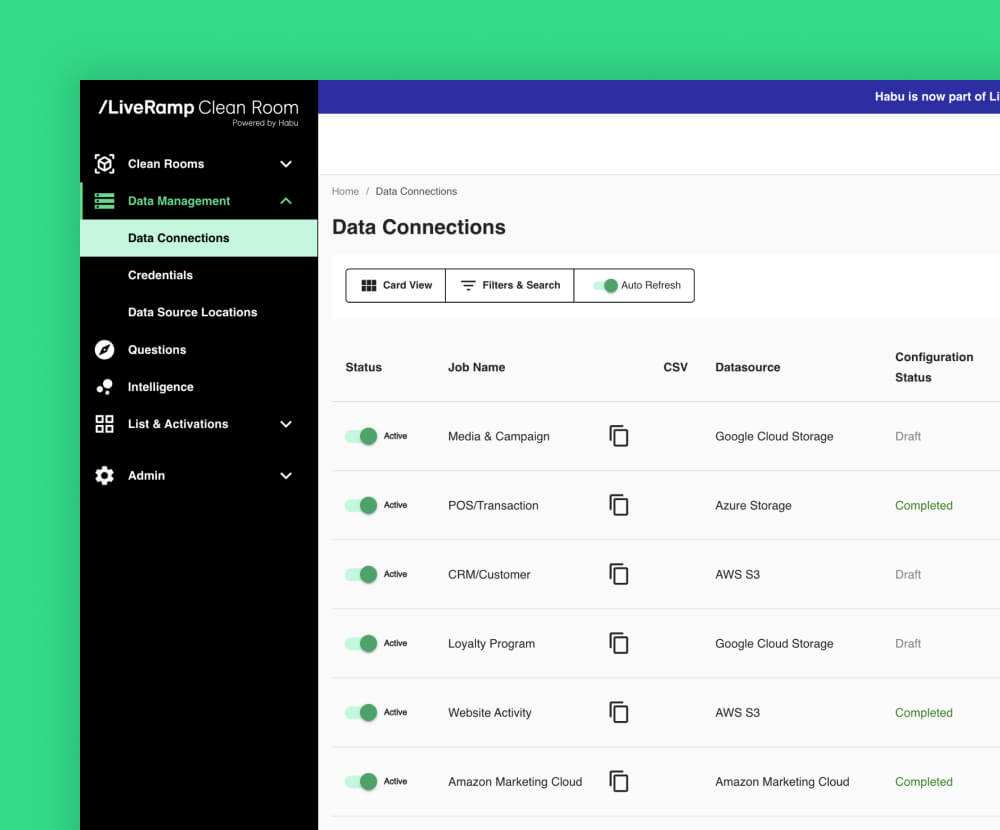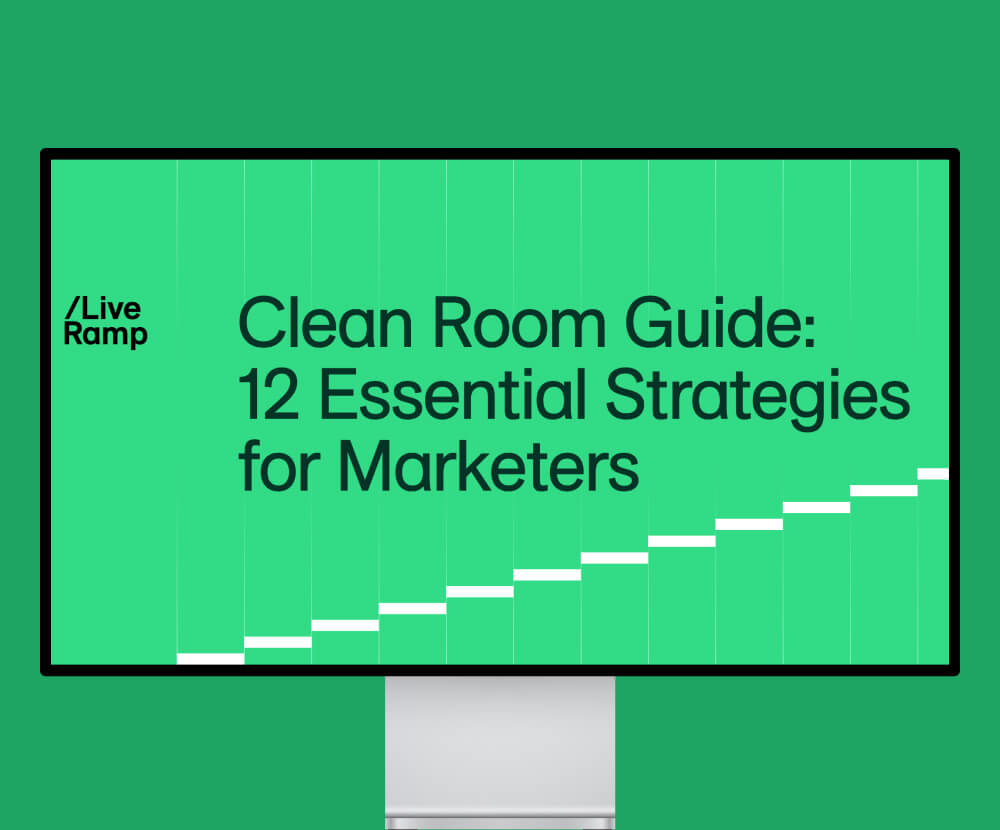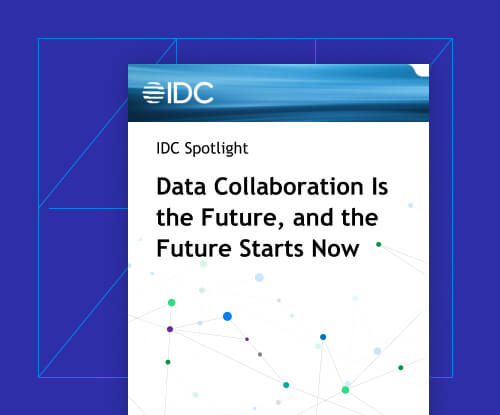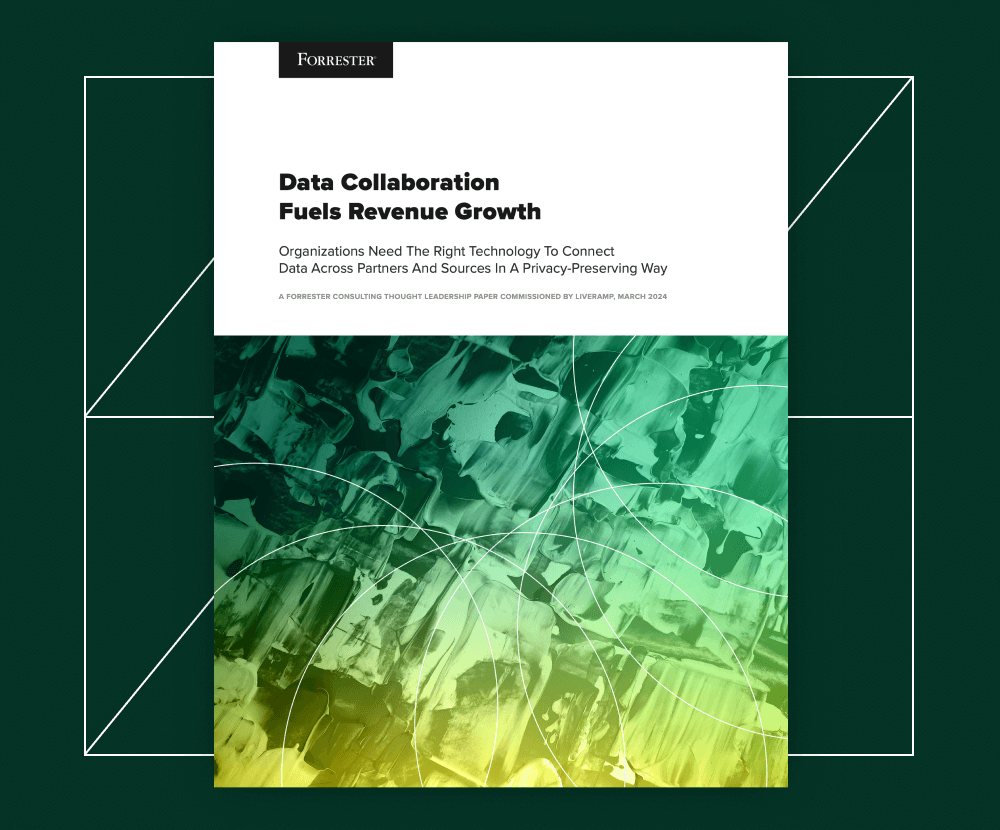Filter results
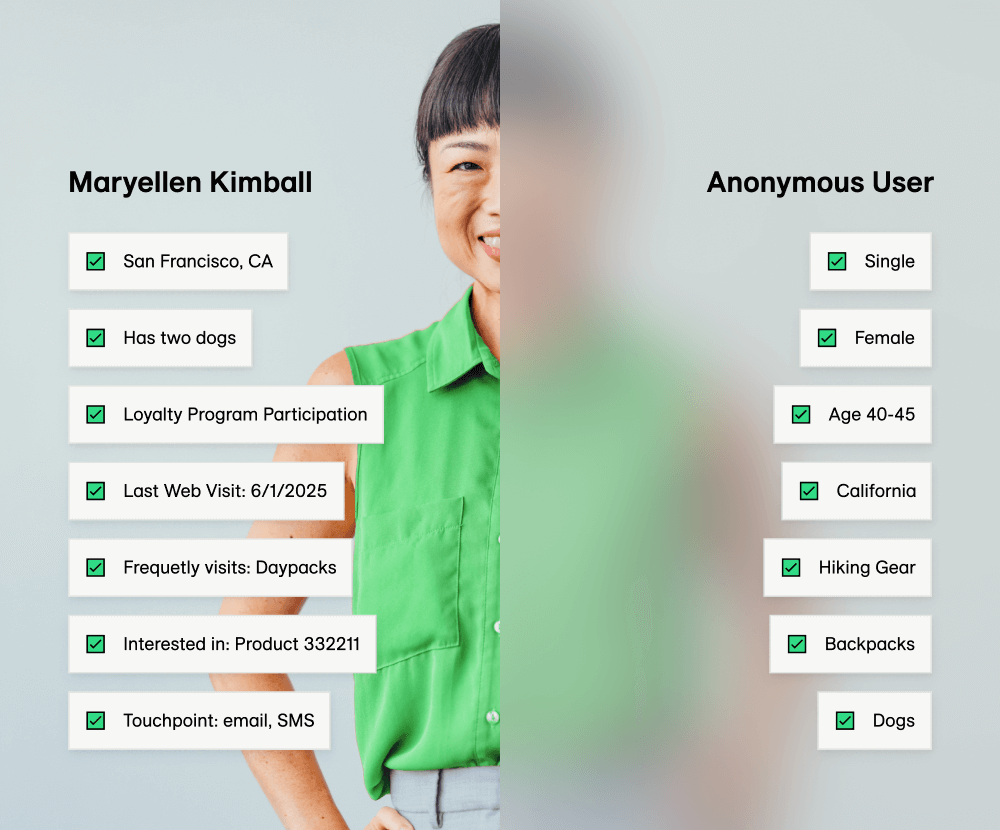
Jun 25, 2025
10 min read
CDP vs. DMP: Understanding the Key Differences

Jun 24, 2025
5 min read
5 Cannes 2025 Takeaways Marketers Need to Know

Jun 24, 2025
9 min read
The Power of Connectivity: How LiveRamp Builds Bridges to Better Customer Experiences

Jun 23, 2025
4 min read
Building Retail Media Success: 4 Key Insights from Expert Guests Walgreens Advertising Group and Forrester Research

Jun 18, 2025
2 min read
LiveRamp Snowflake Native App Now Supports Datavant Token to RampID Resolution

Jun 12, 2025
4 min read




